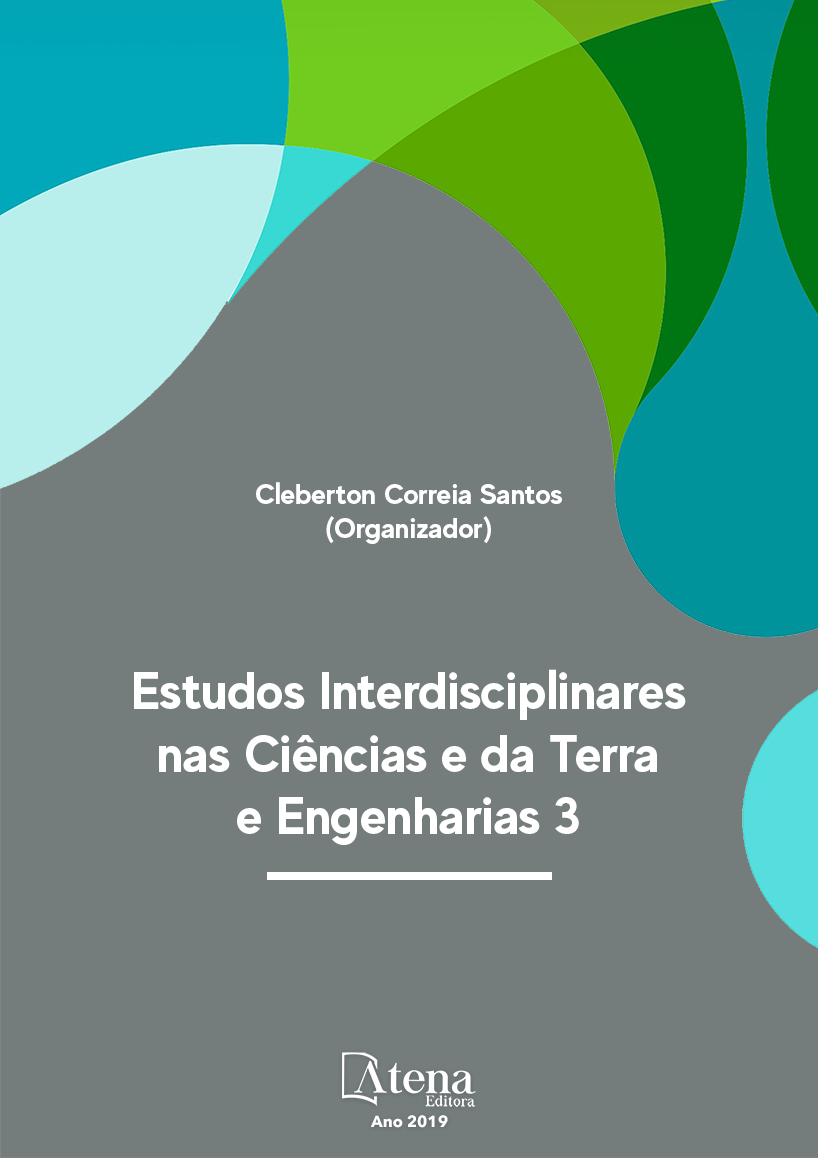
A MODELAGEM MATEMÁTICA NA PRODUÇÃO DE MILHO INFLUENCIADO PELA SUCESSÃO DE CULTURAS E ADUBAÇÃO NITROGENADA
A modelagem matemática é a área
do conhecimento que simula sistemas reais a fim
de prever o comportamento dos mesmos, sendo
empregada em diversos campos de estudo.
O objetivo da pesquisa é determinar modelos
matemáticos que explicam a dinâmica de
produtividade de grãos do milho, influenciados
por culturas sucessoras de inverno e distintas
doses de fertilizante nitrogenado. A pesquisa
foi desenvolvida em 2018/2019, em Cândido
Godói – RS. O delineamento experimental foi
constituído de blocos casualizados, com dois
fatores de tratamento: doses de N (0, 60, 120
e 250 kg ha-1) e culturas sucessoras de inverno
(aveia branca, nabo forrageiro e o trigo).
Realizou-se o teste comparação de médias,
classificando as doses de nitrogênio e os
sistemas de sucessão mais eficientes. Através
de modelos de regressão, identificou-se a dose
de nitrogênio e a cultura de inverno adequada
para a produtividade de grãos de milho. Com
o uso da correlação, foi possível identificar
as variáveis da planta que mais mostram
alteração e influência na produtividade de grãos
pelo uso da fertilização nitrogenada. E, por
fim, desenvolveu-se um modelo matemático
de simulação da produtividade de grãos de
milho em função da adubação nitrogenada
e das variáveis ligadas a planta. As doses de
nitrogênio no sistema nabo forrageiro e aveia
branca apresentaram influência linear crescente
com a produtividade de grãos. No sistema
trigo o nitrogênio apresenta comportamento
quadrático, indicando a dose ideal de N
com uso de 145 kg ha-1 de N estimando uma
produtividade de grãos de milho de 13242 kg
ha-1.
A MODELAGEM MATEMÁTICA NA PRODUÇÃO DE MILHO INFLUENCIADO PELA SUCESSÃO DE CULTURAS E ADUBAÇÃO NITROGENADA
-
DOI: 10.22533/at.ed.716191030929
-
Palavras-chave: Modelagem Matemática. Milho. Sistemas de Sucessão. Nitrogênio. Equações Polinomiais.
-
Keywords: Mathematical Modeling. Corn. Succession Systems. Nitrogen. Polynomial equations.
-
Abstract:
Mathematical modeling is the
area of knowledge that simulates real systems
in order to predict their behavior, being used
in several fields of study. The objective of the
research is to determine mathematical models
that explain the grain yield dynamics of corn,
influenced by winter successor crops and different doses of nitrogen fertilizer. The
research was developed in 2018/2019, in Cândido Godói - RS. The experimental
design consisted of randomized blocks, with two treatment factors: N doses (0, 60,
120 and 250 kg ha-1) and successor winter crops (white oats, forage turnip and wheat).
The comparison of means was performed, classifying the nitrogen doses and the most
efficient systems of succession. Through regression models, the nitrogen dose and the
winter crop adequate for corn grain yield were identified. With the use of correlation, it
was possible to identify the plant variables that most show alteration and influence on
grain yield through the use of nitrogen fertilization. Finally, a mathematical model was
developed to simulate corn grain yield as a function of nitrogen fertilization and plantbound
variables. Nitrogen levels in the forage turnip and white oat systems showed an
increasing linear influence on grain yield. In the wheat system the nitrogen presents a
quadratic behavior, indicating the ideal N dose with 145 kg ha-1 of N, estimating a corn
grain yield of 13242 kg ha-1.
-
Número de páginas: 15
- Rubia Diana Mantai
- Lilian Fátima Ancerowicz


